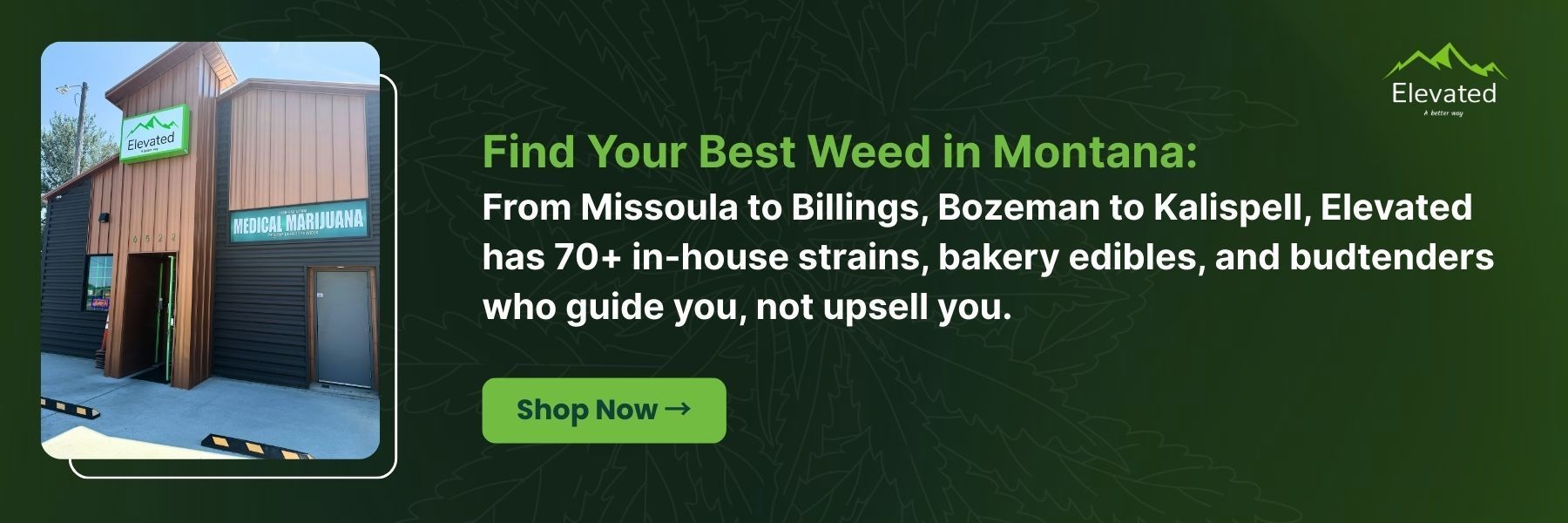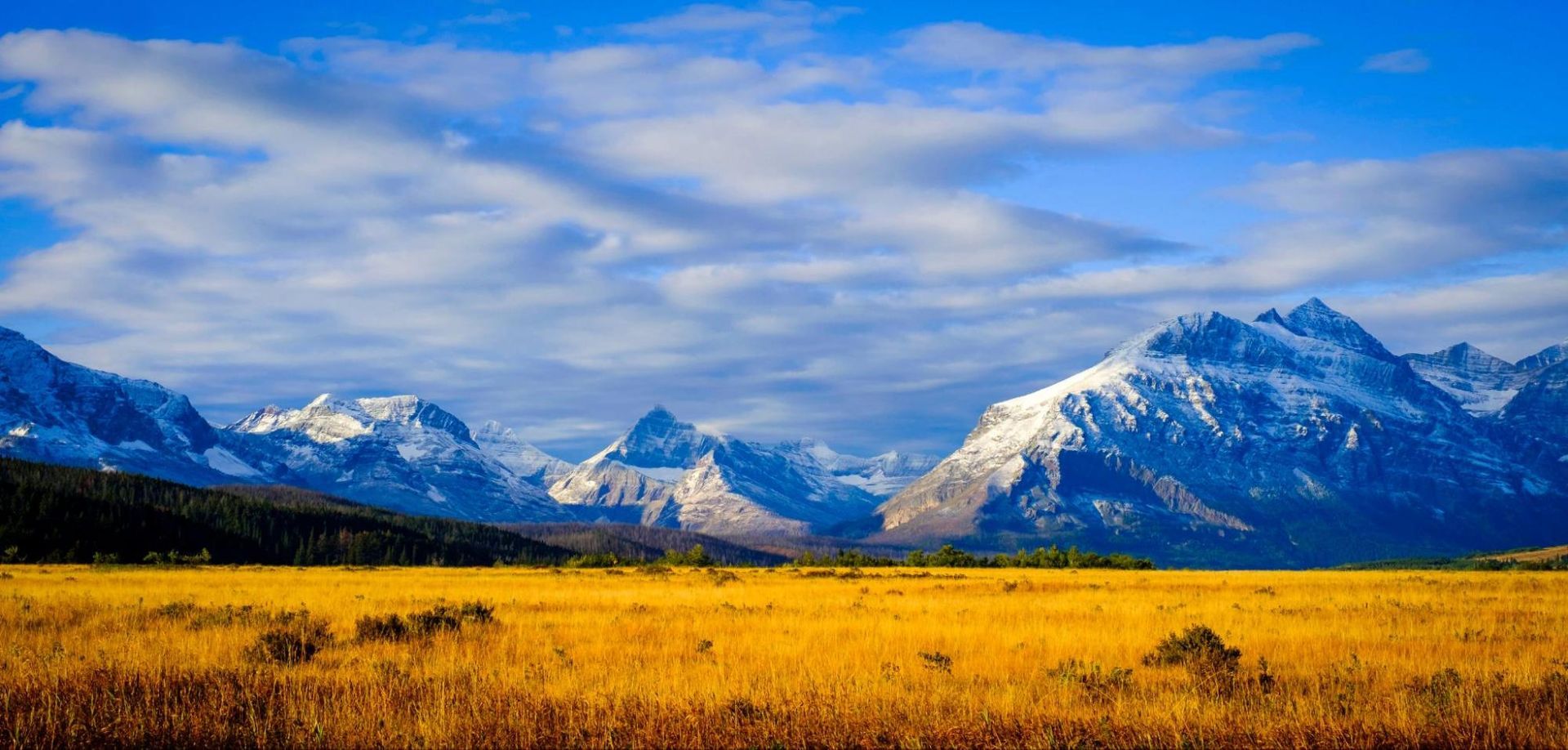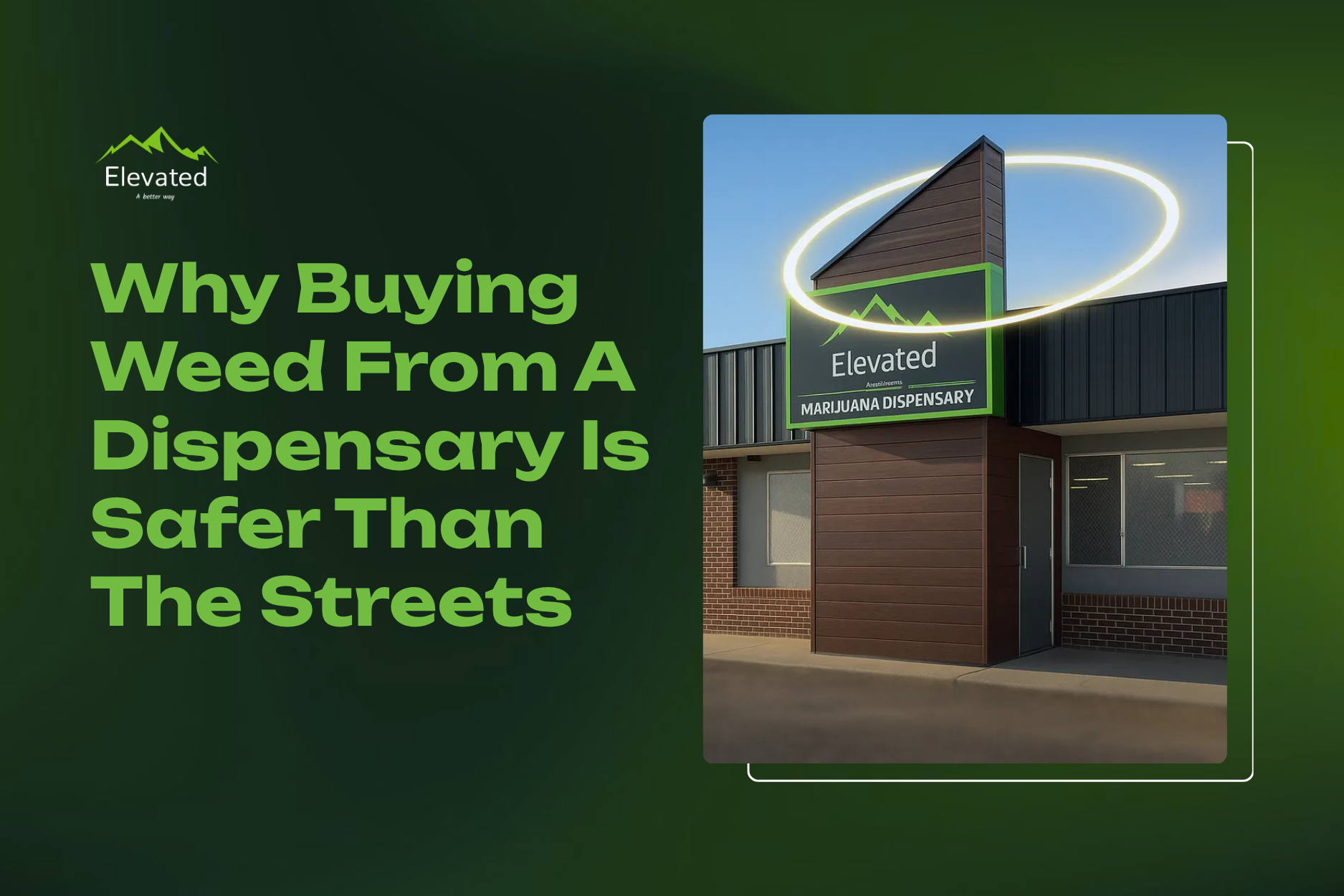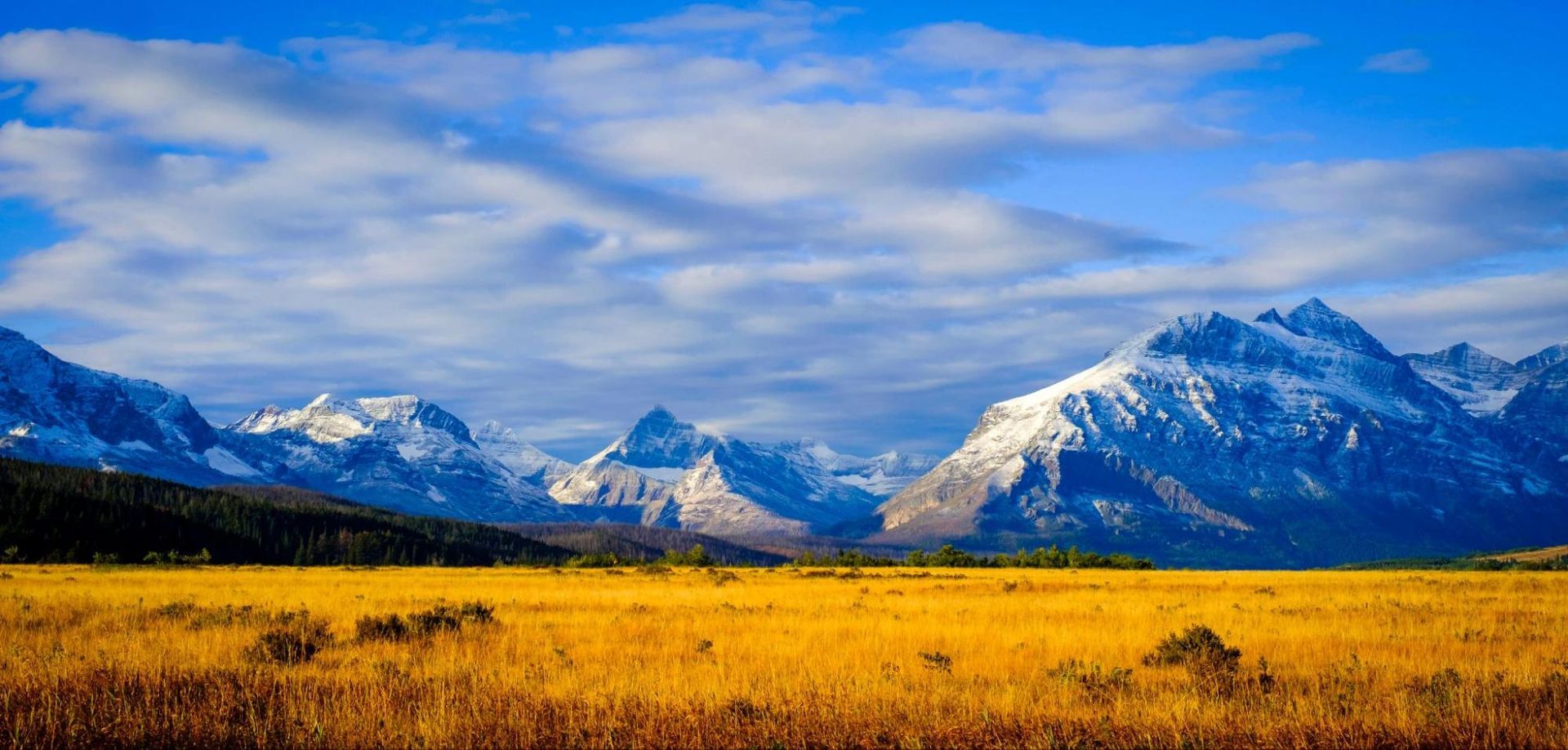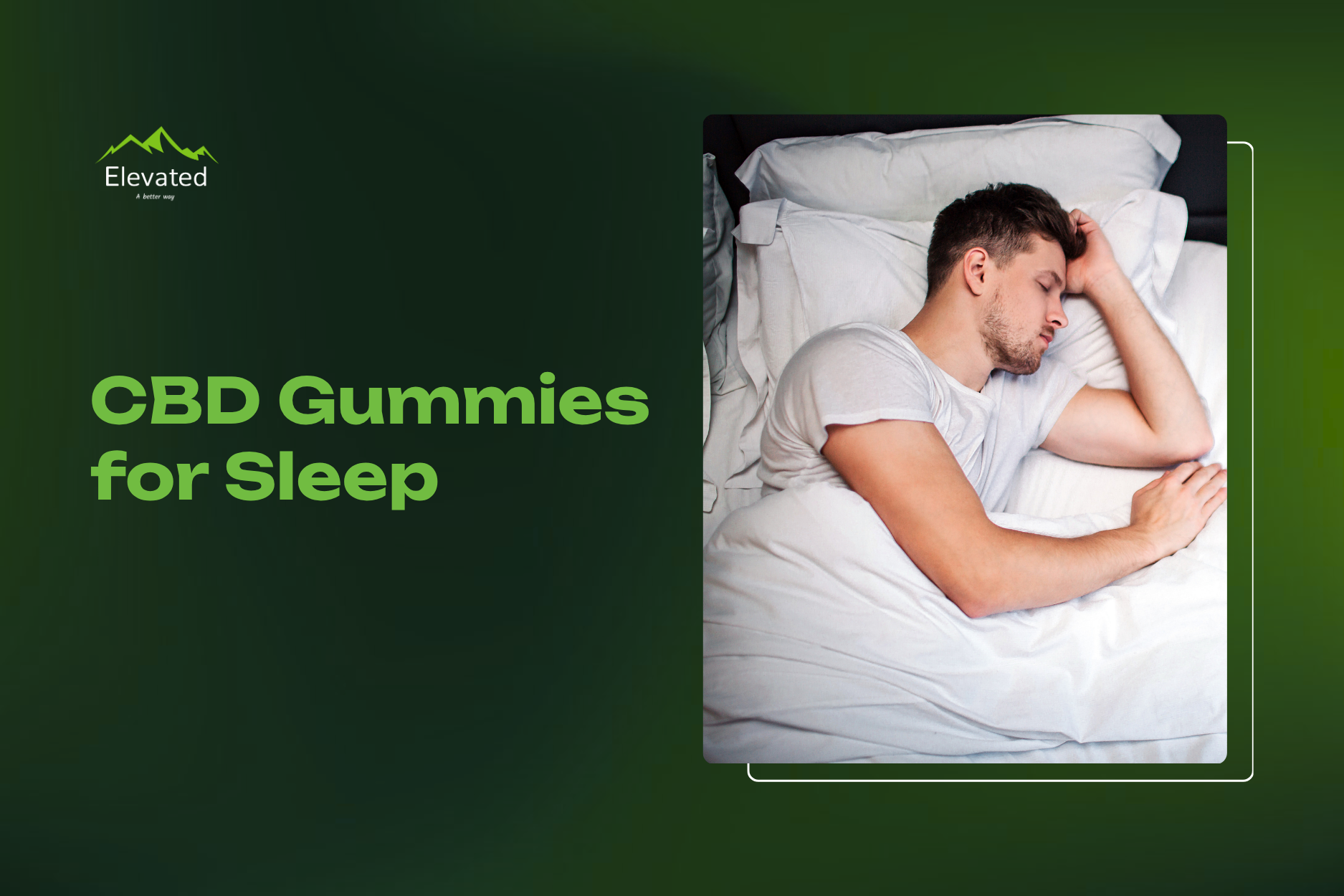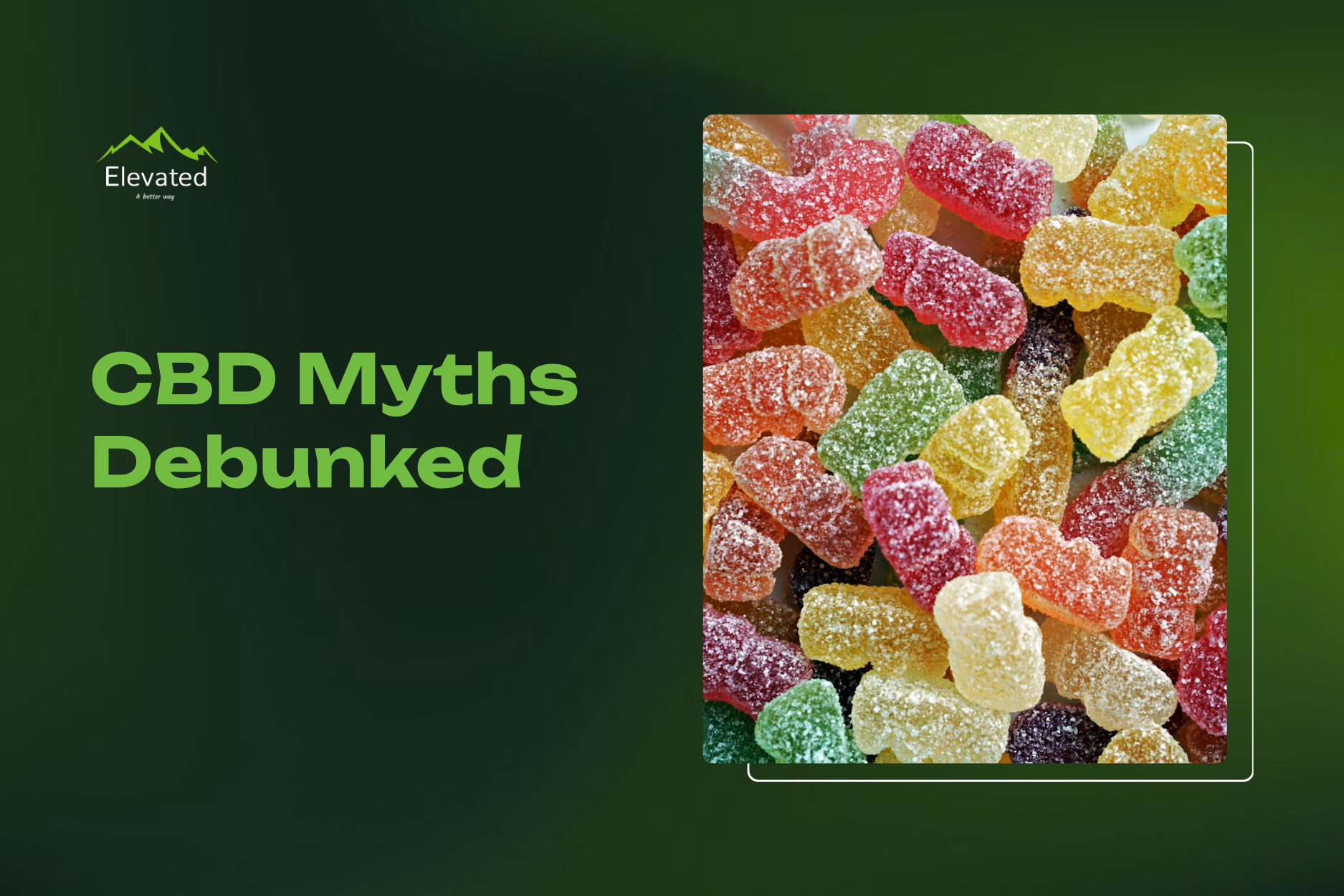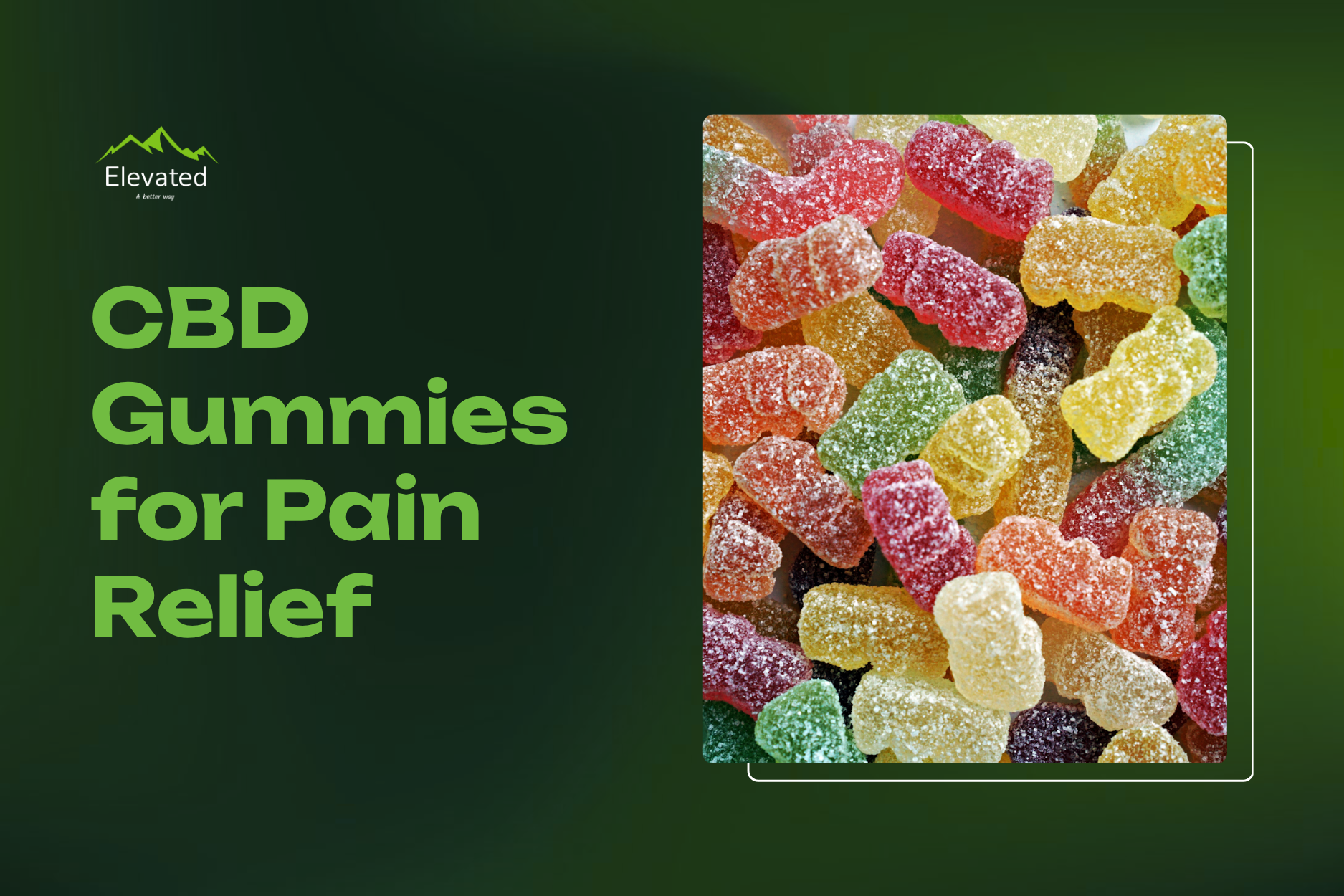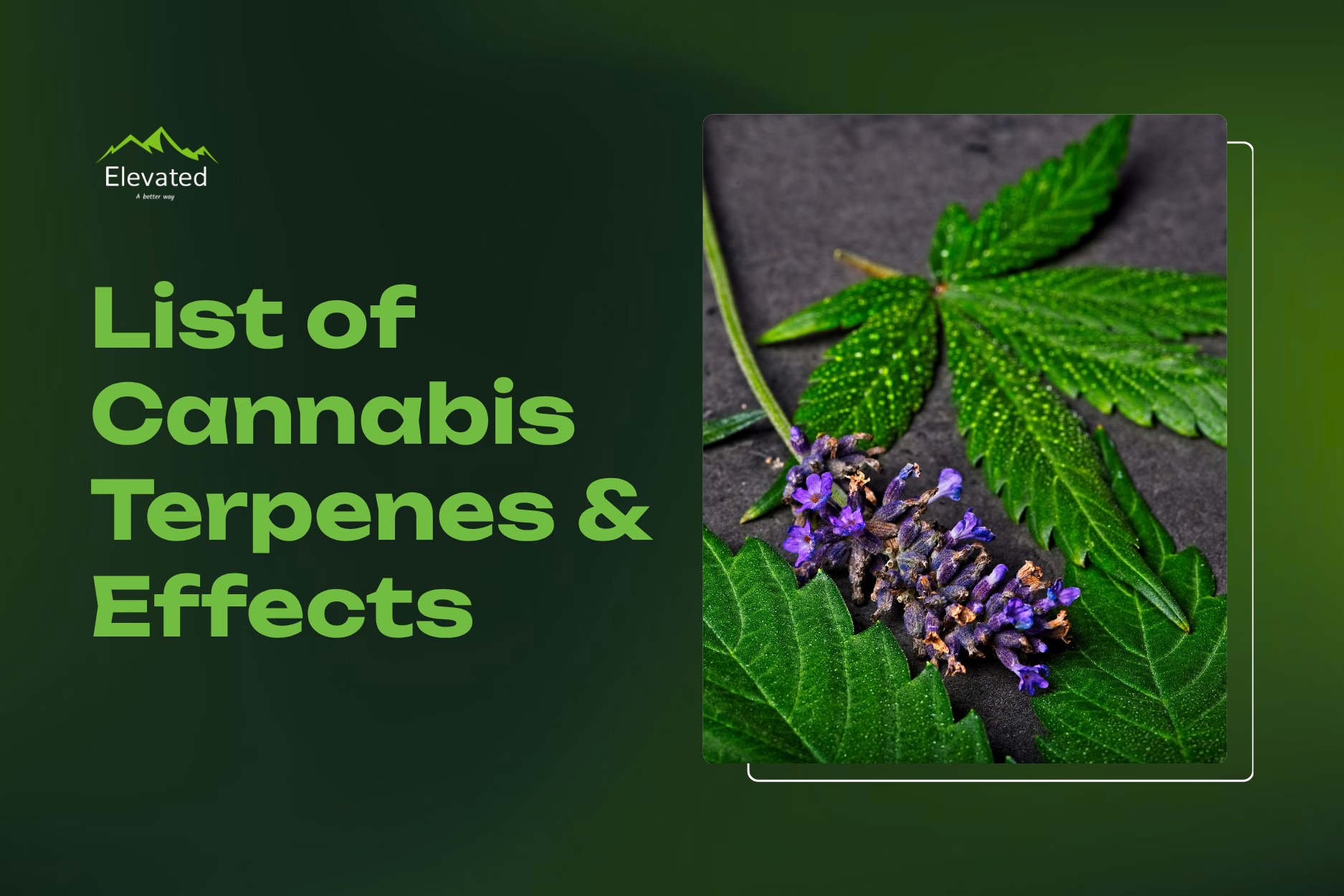Does Weed Make You More Creative? Unpack The Science
Evidence indicates that cannabis may enhance divergent thinking (idea fluency) in some individuals at low doses, but it does not reliably boost measurable creativity, and higher doses often impair cognitive performance and execution.
Are the Creative Powers of Cannabis Real?
Some of the most inventive moments begin with a spark, and for many creators, cannabis is the match that lights it. Painters, songwriters, and designers across Montana often turn to weed when they want to loosen mental boundaries or approach an idea from a new angle.
People describe the experience in familiar ways:
- “Weed helps me think outside the box.”
- “It unlocks new ideas and associations.”
- “It puts me in a flow state where I just create.”
These reflections capture something real about how cannabis interacts with mood and focus. When used thoughtfully, the right strain can quiet overthinking and help ideas move without friction.
Elevated Montana brings this experience to life with locally cultivated flower and hand-crafted edibles designed for consistent, reliable results. Our budtenders take time to learn what customers are trying to create, then guide them toward products that balance relaxation and alertness for smoother creative sessions.
This article explores the long relationship between artists and cannabis, the scientific research behind creativity and THC, the psychological reasons people feel inspired after consuming, and how dosage and strain choice shape the outcome.
The Time-Honoured Connection: Artists, Cannabis & Creativity
For as long as people have made art, they’ve looked for ways to stretch perception and spark new ideas. Cannabis has been a companion in that search, weaving itself into artistic movements, underground cultures, and eventually the mainstream creative world.
Its influence has shifted over time, but the motivation behind it remains constant: curiosity, exploration, and the desire to see the world from a slightly different angle.
From Beat Poets to Modern Creatives
Writers of the Beat Generation shared joints as they filled typewriters with free-form verse. Jazz musicians used cannabis during late-night jam sessions to slow time and explore complex rhythms. Painters and filmmakers throughout the 1960s experimented with weed to escape rigid artistic conventions.
Cannabis became a quiet collaborator, offering perspective without dictating direction.
The myth of the “tortured creative” smoking through inspiration persists, but history shows a more nuanced truth. Many artists didn’t rely on cannabis as a crutch for genius. They saw it as a tool to shift gears or to drop into the moment.
The creativity still came from skill, discipline, and years of practice. Weed may have softened the edges of self-doubt, yet it never replaced the work itself.
Cannabis in Today’s Creative Scene
Fast-forward to the present, and cannabis has moved from smoky studios to curated retail shelves. Legal markets all across America now offer products labeled for “focus,” “inspiration,” or “creative energy.”
What was once a countercultural secret is now part of mainstream creative wellness.
Musicians collaborate with cannabis brands, designers develop strain-inspired collections, and dispensaries like Elevated Montana help customers explore cannabis as a craft experience.
What the Research Shows About Cannabis & Creativity
Science paints a nuanced picture. Some studies show small, situation-specific boosts to idea fluency at low doses. Others find no objective gains and, at higher doses, measurable drops in the cognitive skills needed to shape and finish good work.
Personality, mood, and task type matter, so the most honest takeaway is conditional and practical.
Lab Experiments & Creative Metrics
Researchers separate two modes of thinking. Divergent thinking supports idea generation and loose association.
Convergent thinking supports focused problem solving and evaluation.
In a randomized study using vaporized cannabis, a high dose of THC impaired divergent thinking across fluency, flexibility, and originality, while a low dose did not outperform placebo on creativity tests and left convergent thinking unchanged.
Baseline creativity also moderates outcomes. A laboratory study reported that “acute cannabis use increases divergent thinking as indexed by verbal fluency in low creatives,” with little benefit for those already high in creativity.
A complementary line of work proposes mechanisms and moderators, including individual differences in openness to experience, attentional style, and associative processing (Human Brain Mapping, 2017).
When results disappoint
Higher THC exposure tends to harm the very systems that help ideas survive beyond the spark.
A large brain imaging study of more than 1,000 young adults found that heavy lifetime cannabis use and recent use were associated with reduced activation and worse performance during a working memory task, a core capacity for holding and refining ideas.
Personality can confound older findings that linked cannabis and creativity.
When researchers controlled for the trait of openness to experience, the apparent creativity advantage among users often vanished, indicating that creative-leaning personalities are more likely to use cannabis and to test well on creativity measures regardless of intoxication.
Perception vs Tangible Output
Several investigations separate mood effects from measurable creativity.
A multi-study paper summarized in Harvard Business Review reported that cannabis increased joviality and led participants to rate their own and others’ ideas as more creative, without improving objective creativity scores). That helps explain why brainstorming while high can feel prolific even when the drafts look thin the next day.
Taken together, controlled studies suggest a narrow window where low doses may loosen associations for some people, especially those with lower baseline creativity, while higher doses erode working memory and evaluation.
The practical takeaway for creators is clear. Treat cannabis as a state shifter for ideation, use conservative dosing, and protect the editing and feasibility checks with a clear head.
Why You Feel More Creative When You Use Cannabis
When people describe feeling more imaginative after using cannabis, they are pointing to measurable changes in how the brain filters and connects information.
The sense of ideas flowing more easily or perceptions expanding comes from shifts in chemistry, focus, and self-awareness. Those effects vary widely from person to person, which is why some find cannabis a reliable creative companion while others do not.
Brain Chemistry And Associative Thinking
Tetrahydrocannabinol, or THC, interacts with CB1 receptors located throughout the brain, especially in areas responsible for planning, memory, and decision-making.
When THC binds to these receptors, it reduces certain inhibitory signals that usually keep thought patterns organized and linear. The result is a temporary relaxation of control systems that allows the brain to connect distant ideas more freely.

Researchers studying associative processing have suggested that this mild disinhibition explains why many people experience a rush of connections or new perspectives after consuming cannabis. The process can foster imaginative thinking, although the effect depends on dose, tolerance, and overall brain chemistry.
The Individual Difference Factor
Everyone’s creative response to cannabis is shaped by unique variables. Personality traits such as openness to experience or novelty-seeking often predict a stronger feeling of inspiration.
Baseline creativity also matters; those who already think flexibly may experience little change, while people who tend to overanalyze can feel more liberated.
Mood, setting, and expectation play equally large roles. Entering a session relaxed and curious often supports idea generation, while anxiety or distraction can dull the effect.
Past experience with cannabis influences response as well, since tolerance adjusts how much THC reaches the receptors involved in thought and attention.
Specific Effects That Influence Creative Expression
During creative use, several consistent effects appear that help explain why cannabis can alter the creative process:
- Reduced self-censorship: Internal filters soften, allowing raw ideas to surface without immediate judgment.
- Looser associations: Thoughts link in unusual ways, which can lead to fresh combinations or novel imagery.
- Shifted sense of time and focus: Time may feel slower and concentration may narrow, supporting brainstorming or flow-state activities, though it can interfere with tasks that require precision.
These effects show why cannabis feels creative rather than guaranteeing creative success. When balanced with intention, proper dose, and sober reflection, they can support genuine exploration instead of fleeting inspiration.
How Much Cannabis for Creative Flow
Finding the right dose is where art meets science. The difference between a session that sparks insight and one that clouds thinking often comes down to how much THC you consume. Creativity thrives on balance, and moderation tends to serve that balance best.
Low-Dose Sweet Spot
A low dose usually means between 2 and 5 milligrams of THC in edibles or one to two small inhalations of flower, depending on tolerance. This range provides enough psychoactive lift to shift perspective without overwhelming focus or memory.
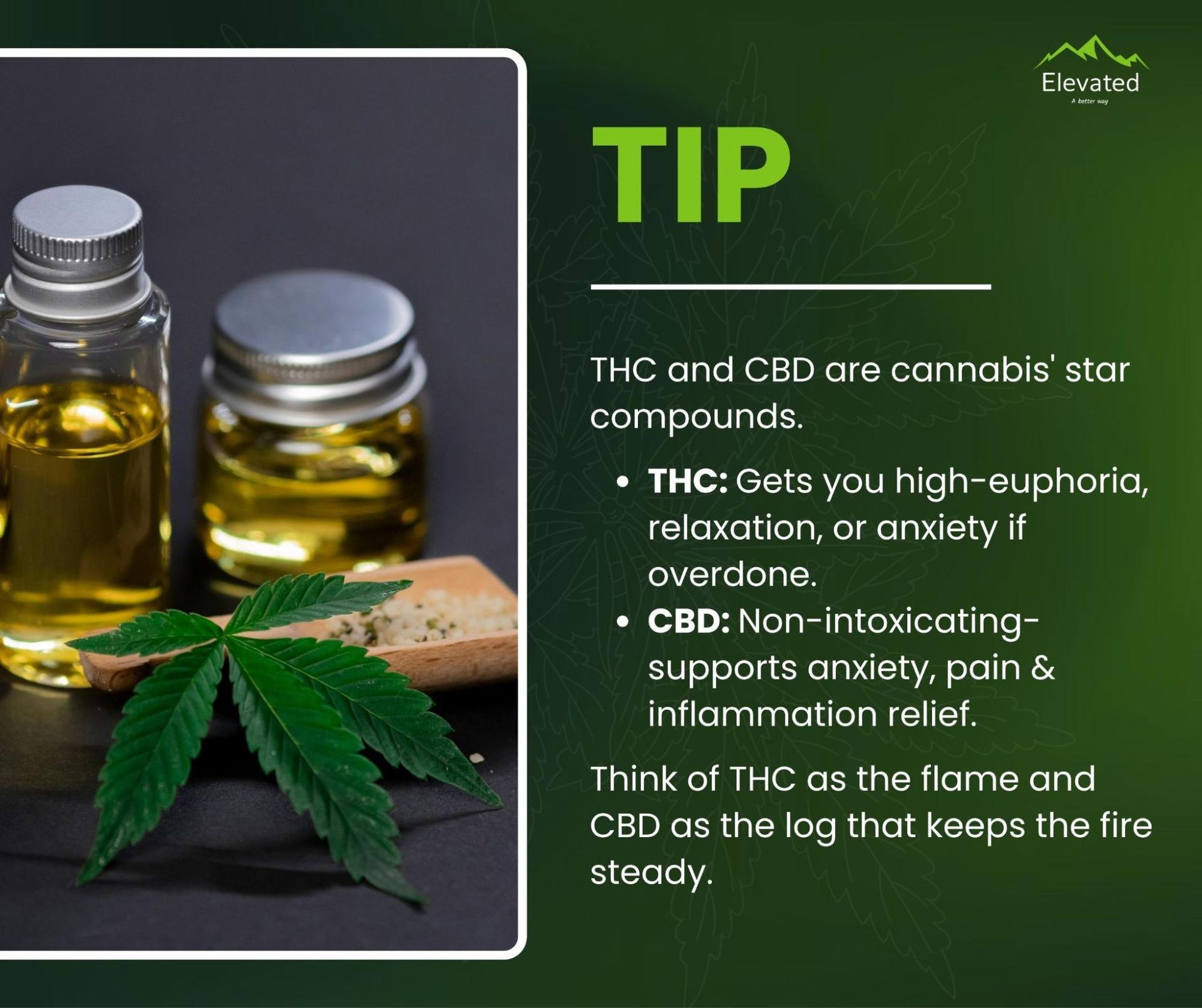
At that level, users often report an increase in idea fluency and emotional openness, both of which support creative exploration. Moderate doses can make colors seem brighter, sounds more textured, and thoughts more fluid, encouraging the kind of playful experimentation that helps ideas take shape.
The most effective way to explore creative dosing is to treat it like a study rather than a guess. Start small, keep notes on the strain, setting, and how your thoughts move, and review your notes when sober. Over a few sessions, you’ll see patterns that reveal what combination of dose and environment supports your best work.
Why Heavy Use Can Kill Creativity
Higher doses bring a different experience. THC in excess often slows mental processing, blurs short-term memory, and shortens attention span. These effects can make it harder to follow through on promising ideas or evaluate them clearly.
The high-dose state can also exaggerate enthusiasm, leading you to believe every idea is brilliant until the next day’s review tells a different story. The most productive creative sessions usually happen before that threshold, when clarity and curiosity still share the same space.
Strain-Selection for Creative Work: What to Pick and Why
Choosing the right strain can shape the quality of your creative session. The right profile may boost clarity, mood, and idea flow, while a mismatched one can slow you down.
Cannabinoid & Terpene Considerations
For creative work it’s often better to choose sativa-leaning flower rather than heavy indica.
Sativas tend to promote head-space lift, mental clarity, and energetic engagement; indicas lean toward full-body relaxation or introspection, which may not support the momentum of idea generation.
THC remains the primary psychoactive compound, but terpenes play a key role in the character of your experience. For instance limonene is associated with elevated mood and curiosity, pinene with sharper focus, and myrcene is more calming and potentially sedating.
A strain that matches your creative objective matters more than a high THC number alone.
Sativa-Leaning Strains From Elevated Montana
- Euphoria – Sativa 24% THC fits early-stage creative work. It has a light body effect and head-space lift, making it well suited for ideation or starting a new project.
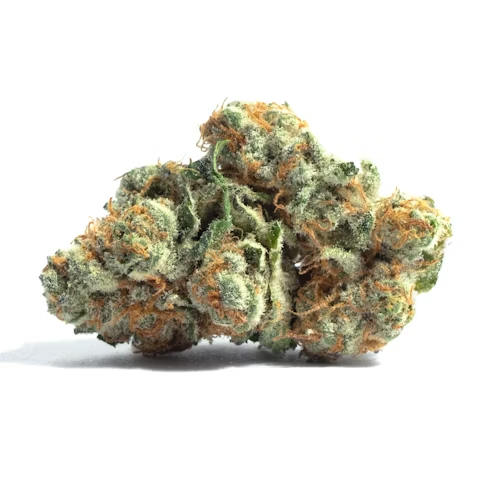
- Jack 13 – THC ~19% delivers clear-minded focus with less sedation. Ideal for sustained creative navigation such as drafting, arranging, or editing.
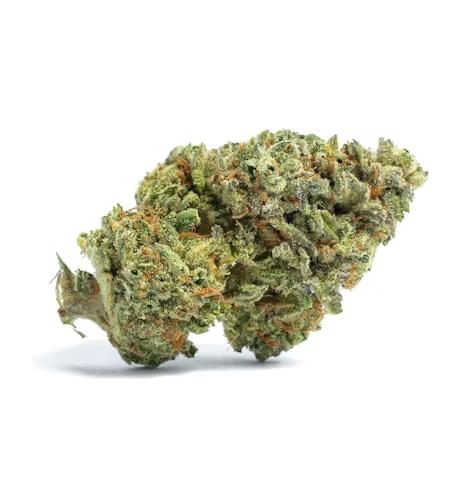
- Lemon Skunk – THC ~23% offers a citrus-accented, energetic lift. It tends to support collaborative or social creative settings because it promotes engagement and light-footed flow.

How to Boost Creative Work with Cannabis
Creativity and cannabis share a long history, but real progress happens when curiosity meets structure. When you plan your environment, mindset, and approach before consuming, cannabis becomes a tool that helps ideas move with direction instead of drifting.
Set and Setting Rule the Session
Your surroundings determine how easily ideas flow. A calm workspace with steady lighting, relaxed music, and minimal interruptions supports focus better than a chaotic room. Decide what you want to accomplish before consuming.
A short ideation sprint pairs well with a light strain and upbeat atmosphere. More analytical work benefits from a quieter setting.
Mindset works like a creative primer. Approach the session with curiosity and intention instead of expectation. When you frame the experience as exploration rather than performance, you remove pressure and invite genuine insight.
Partnering With Others And Sharing Ideas
Collaboration often enhances the creative impact of cannabis. Brainstorming with friends or colleagues can generate unexpected connections that solo work might miss.
The key is structure. Agree on your goal, decide how long the session will last, and plan a sober review for the next day. This rhythm keeps the group focused on creation rather than drift.
Beginner Blueprint For Creative Experimentation
- Step 1: Define your goal. Choose a clear creative objective such as brainstorming, mood exploration, or fine-tuning details.
- Step 2: Choose a low dose and suitable strain. Start with a small amount of a sativa-leaning product known for alertness and mood lift.
- Step 3: Work within a set time window. Limit the session to 30–45 minutes so you can stay intentional and observe how your focus changes.
- Step 4: Switch to sober mode for editing. Review ideas once the effects fade. This ensures that creativity meets practicality.
- Step 5: Record your results. Keep short notes on strain, dose, timing, and output quality to refine your process.
With consistency, you’ll identify the conditions that keep creativity bright and productive. The result is a personal method that blends cannabis, focus, and craft into one steady rhythm.
Weed Is Not Creative - You Are

Creativity doesn’t arrive on command. It shows up when the mind feels safe enough to wander and sharp enough to notice where it lands. Cannabis can shift those boundaries, giving certain moments a little more color, space, and patience.
The most skilled creators treat cannabis like a craft material, not a muse. They measure, test, and refine until it fits their process as cleanly as a good brush or tuned instrument. A light touch often does more than a heavy hand.
Elevated Montana exists for that approach. Stop by an Elevated location near you and chat with a budtender who understands creative flow, and learn how different strains can shape energy, focus, and follow-through. Inspiration might still be unpredictable, but the preparation never has to be.
Disclaimer
The information provided in this article is intended for educational purposes only and should not be taken as medical advice. CBD and THC products affect individuals differently, and results can vary based on dosage, body chemistry, and product formulation. Always consult a qualified healthcare professional before using cannabis products, especially if you have medical conditions, are pregnant or nursing, or are taking prescription medications.
References
Beaty, R. E., Seli, P., & Schacter, D. L. (2018). Network neuroscience of creative cognition: Mapping cognitive mechanisms and individual differences in the creative brain. Current Opinion in Behavioral Sciences, 27, 22–30.
Block, R. I., & Wittenborn, J. R. (1985). Marijuana effects on associative processes. Psychopharmacology, 85(4), 426–430.
Hart, C. L., van Gorp, W., Haney, M., Foltin, R. W., & Fischman, M. W. (2001). Effects of acute smoked marijuana on complex cognitive performance. Neuropsychopharmacology, 25(5), 757–765.
Heng, Y. T., Barnes, C. M., & Yam, K. C. (2023). Cannabis use does not increase actual creativity but biases evaluations of creativity. Journal of Applied Psychology, 108(4), 635–646.
Kowal, M. A., Hazekamp, A., Colzato, L. S., van Steenbergen, H., van der Wee, N. J. A., Durieux, J., Manai, M., & Hommel, B. (2015). Cannabis and creativity: Highly potent cannabis impairs divergent thinking in regular cannabis users. Psychopharmacology, 232(6), 1123–1134.
LaFrance, E. M., & Cuttler, C. (2017). Inspired by Mary Jane? Mechanisms underlying enhanced creativity in cannabis users. Consciousness and Cognition, 56, 68–76.
Schafer, G., Feilding, A., Morgan, C. J. A., Agathangelou, M., Freeman, T. P., & Curran, H. V. (2012). Investigating the interaction between schizotypy, divergent thinking and cannabis use. Consciousness and Cognition, 21(1), 292–298.
Weckowicz, T. E., Fedora, O., Mason, J., Radstaak, D., Bay, K. S., & Yonge, K. A. (1975). Effect of marijuana on divergent and convergent production cognitive tests. Journal of Abnormal Psychology, 84(4), 386–398.
Gowin, J. L., Ellingson, J. M., Karoly, H. C., Manza, P., Ross, M., Sloan, M. E., Tanabe, J. L., & Volkow, N. D. (2025). Brain function outcomes of recent and lifetime cannabis use. JAMA Network Open, 8(1), e2457069.
Beaty, R. E., Benedek, M., Silvia, P. J., & Schacter, D. L. (2016). Creative cognition and brain network dynamics. Trends in Cognitive Sciences, 20(2), 87–95.
